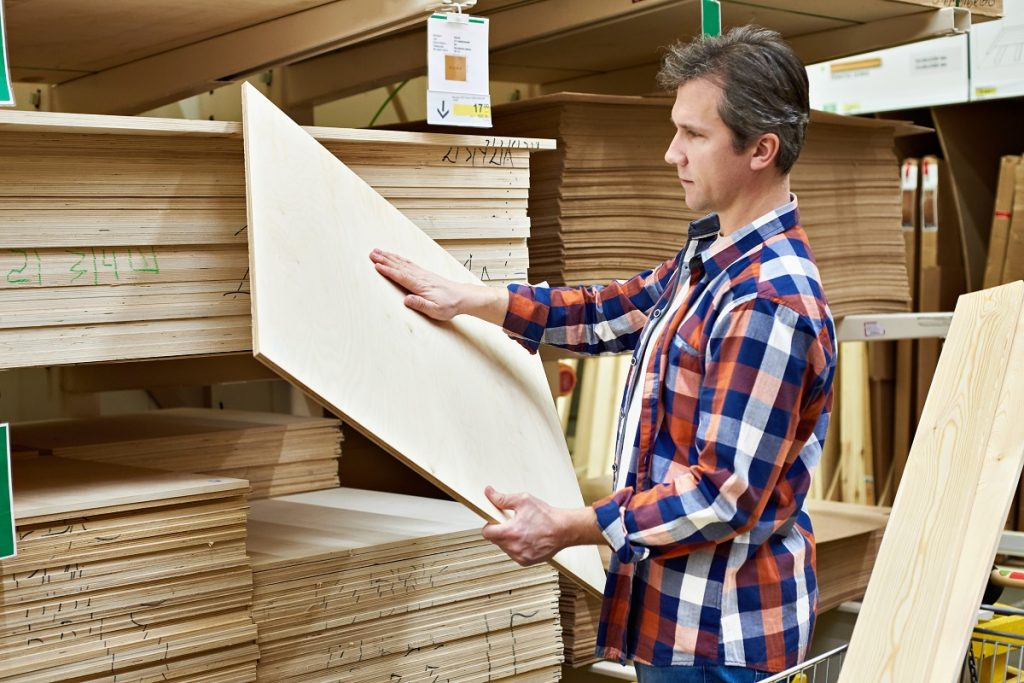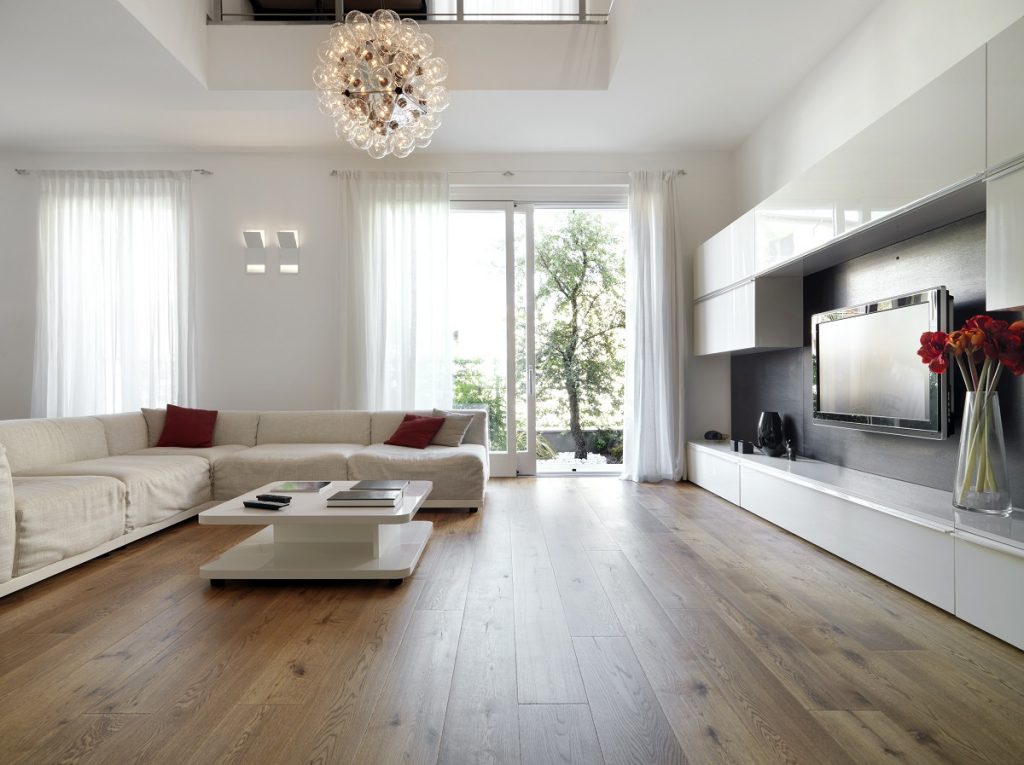Wood offers a cosy, classic, and traditional feel that other building materials such as concrete can’t provide to your home. However, wood may not be the eco-friendly home building option as they use wood from trees that would otherwise have supported local ecosystems and prevent soil erosion (which can contribute to landslides, flooding, and other natural catastrophes). So to lessen the environmental impact, here are “green” wood alternatives for your next home construction or renovation:
Bamboo
Bamboo is a cheap, elegant, and durable alternative to using natural wood. You can use bamboo for flooring, as well as for countertops and cabinets. Bamboo is one of the fastest-growing plants, so it’s easily replaced and is entirely sustainable. Not only that, but bamboo can be recycled and reused, either by repurposing it or breaking it down into bamboo chips or fibres, and forming bamboo composites which are quite durable and can also be aesthetically pleasing.
Cork
Cork as a building material might sound weird, but when these wine stoppers are repurposed into floors, they actually can feel like hardwood and can be water resistant, unlike hardwood. Cork floors don’t use PBC or toxic chemical binders, and cork is naturally antimicrobial, which makes it an excellent flooring material for your kitchens and countertops.
Coconut Tiles
As the name suggests, these tiles (which can be used for walls, flooring, and such) are made of recycled coconut shells. It has a natural and cosy, almost tropical, look and can work well in other settings such as restaurants, health facilities, and even offices.
Wood Composites
Wood composites, or wood-plastic composites (WPC) are generally made up of polyethylene (which can be recycled from discarded shampoo bottles and other plastic containers) and wood fiber (such as wood chips produced as by-products in plywood processing or wooden furniture manufacturing, as well as recycled doors and door frames, cabinets, etc.), with other additive fillers such as peanut hulls, straw, bamboo. These composite can be painted and styled to mimic wood, but are sturdier, more lightweight, and more resistant to warping, water damage, and insect (termite) infestations).
Plywood (Recycled or Sustainably-Sourced)
 I know what you’re thinking, it’s still a wood product. Plywood, by definition, is made of layers (called “plies”) of wood that are glued together to form a dense, balanced, more resistant wooden material; so, essentially, it’s still made of wood and encourage the chopping of trees. However, many companies sell plywood that is made of recycled wood. Not to mention, plywood itself is reusable and recyclable, and plywood chips and waste (from plywood manufacturing) can be formed into wood composites. And some companies practice sustainable plywood manufacturing by only sourcing wood from sustainable yield forests that don’t contribute to soil erosion or mass deforestation. So, having a plywood interior using recycled or sustainably-sourced wood and by-products can be a cheap, long-lasting, and eco-friendly option.
I know what you’re thinking, it’s still a wood product. Plywood, by definition, is made of layers (called “plies”) of wood that are glued together to form a dense, balanced, more resistant wooden material; so, essentially, it’s still made of wood and encourage the chopping of trees. However, many companies sell plywood that is made of recycled wood. Not to mention, plywood itself is reusable and recyclable, and plywood chips and waste (from plywood manufacturing) can be formed into wood composites. And some companies practice sustainable plywood manufacturing by only sourcing wood from sustainable yield forests that don’t contribute to soil erosion or mass deforestation. So, having a plywood interior using recycled or sustainably-sourced wood and by-products can be a cheap, long-lasting, and eco-friendly option.
Conclusion
These materials show that we can achieve or at least get close to mimic the look and feel of wood in our homes, without negatively impacting our environment. So, the next time you’re planning on renovating your home, or perhaps when planning your new home, it would be a good idea to consider these materials for your home renovation or building project.

